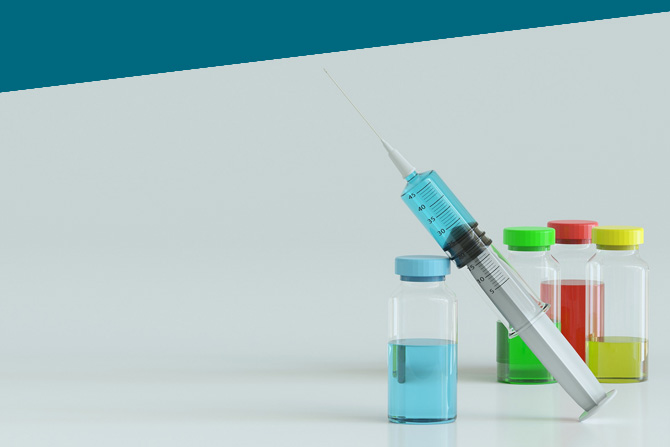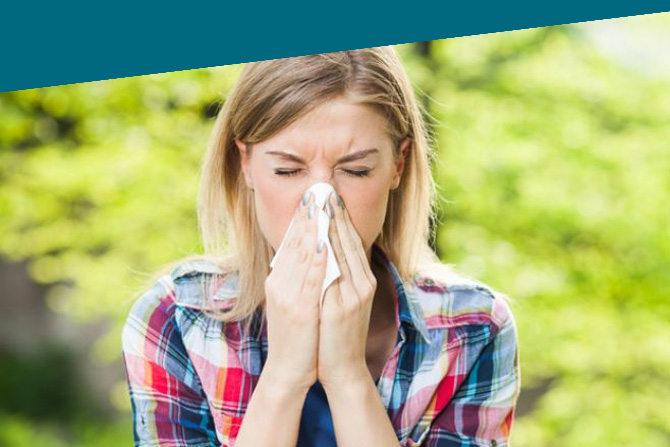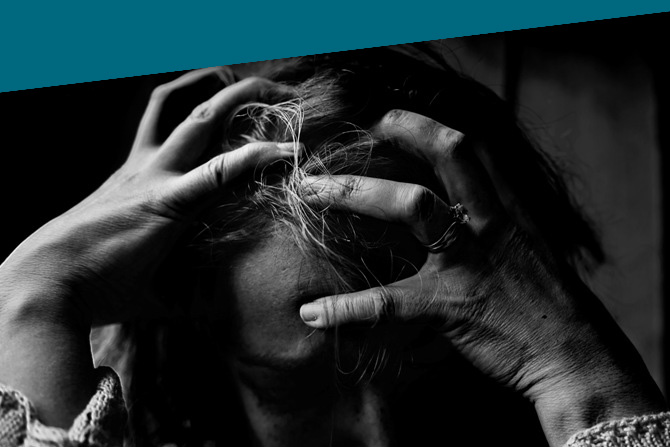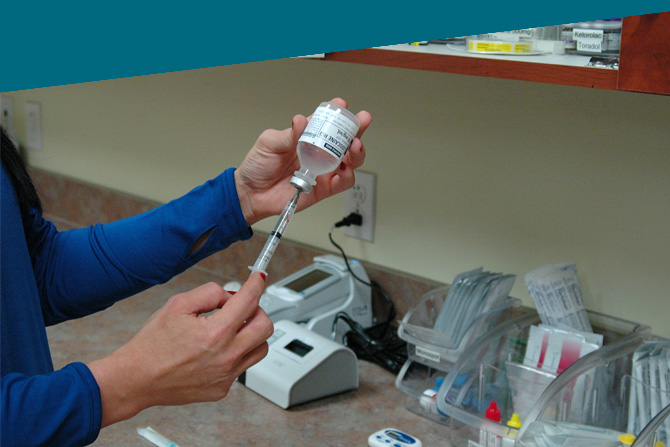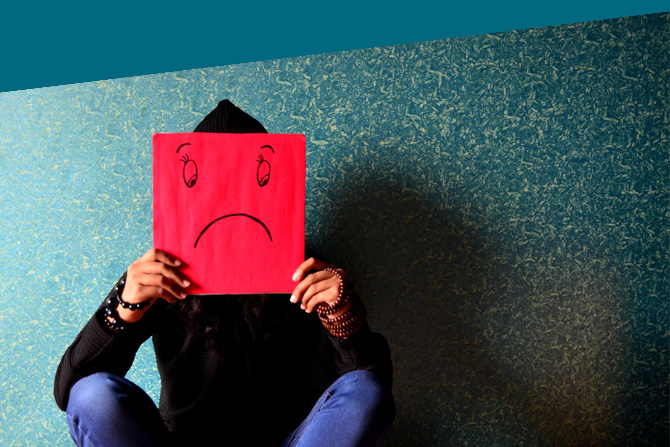What Is the Coronavirus and How to Stay Safe
February 11, 2020

It’s hard to miss media coverage about the coronavirus outbreak (officially designated Novel Coronavirus or 2019-nCoV) and the impact it’s having around the world. These situations always create a flood of rumors and uncertainties based on fears of contracting the disease.
What Is a Coronavirus?
It’s actually a family of viruses named for their appearance as a sphere with protein spikes on the outer surface that give them the look of a crown. They were first described in detail in the 1960s. Other examples include those responsible for the SARS and MERS outbreaks.
Is it dangerous? There are two key challenges in managing this disease. The first is that its symptoms are similar to the flu such as cough, fever and difficulty breathing. Ultimately, it can lead to pneumonia and severe acute respiratory syndrome or even kidney failure and death. The other issue is that as a viral infection, antibiotics are not effective in treating it. Moreover, existing antiviral flu drugs don’t work either.
Where Does the Situation Stand?
The outbreak began in the city of Wuhan in China and originated in animals. Early cases may have involved workers or shoppers in the area’s market where seafood and other animal products are sold. One of the primary concerns here is that the current strain is one that has never been seen before. And it is now contagious between human beings.
As of February 6th, USA Today reported 28,334 cases worldwide (according to Johns Hopkins) involving 28 countries and 565 deaths. Fully half of those cases are limited to China itself. Just 11 infections have been reported in the United States. These figures put the morality rate at 2%. So far, that is well below the 10% fatality rate of the SARS outbreak in 2003.
However, modeling by World Health Organization experts at Imperial College indicates that the case count could be as high as 100,000, since people with mild symptoms may not have sought medical help yet. But that would put the mortality rate at or below the typical annual figure for the flu globally. Moreover, in comparison, the impact of this year’s flu season is estimated at more than 180,000 hospitalizations and 10,000 deaths so far.
What don't we know? At this stage, experts are unsure just how dangerous the situation is overall. As additional data and experience are amassed, that picture should become more clear. For example, one unknown factor right now is just how contagious it is.
Should We Panic?
The short answer is, no.
The current outbreak is considered to be a “public health emergency of international concern” and has not reached the level of a pandemic, based on World Health Organization definitions. In addition, the 28 countries outside of China where it has appeared are a fraction of the 195 WHO-monitored nations. It also does not appear to be spreading, except for a very low number of cases, in those areas. The majority of cases by far have been travelers who contracted it in China.
The Centers for Disease Control, the World Health Organization and other organizations worldwide are taking a proactive, careful and measured approach to understanding the virus and limiting its spread. For dependable and accurate information, these organizations are the best sources to help avoid unnecessary concern, suspicion or panic. There has also been much more transparent sharing of information by China compared to the SARS outbreak.
How to Avoid Catching the Coronavirus?
People who are elderly and those with respiratory or immune problems should take special precautions. This is especially important in catching the condition early since, again, there is currently no treatment or vaccine. Diagnostic testing for the infection is available, but only at the CDC.
Because the survivability of the virus on surfaces is poor, there is likely a very low risk of picking it up from products or packages that experience ambient temperatures for a period of days or weeks. In terms of human-to-human contagion, the CDC does not currently recommend wearing facemasks by the general public in the United States.
Also, per the CDC, the same practices for avoiding any respiratory disease can help guard against contracting coronavirus, such as:
- Wash hands with soap and water for at least 20 seconds, especially after going to the bathroom, before eating, and after blowing your nose, coughing or sneezing. Always wash hands with soap and water if hands are visibly dirty.
- If soap and water are not readily available, use an alcohol-based hand sanitizer with at least 60% alcohol.
- Avoid touching your eyes, nose and mouth with unwashed hands.
- Avoid close contact with people who are sick.
- Avoid large crowds.
- Stay home when sick.
- Cover cough or sneeze with a tissue, then throw the tissue in the trash.
- Clean and disinfect frequently touched objects and surfaces using a regular household cleaning spray or wipe.
As with any outbreak of disease, whether local or global, take sensible steps. Watch the people around you. Maintain basic cleanliness. And seek help if you are truly concerned.



